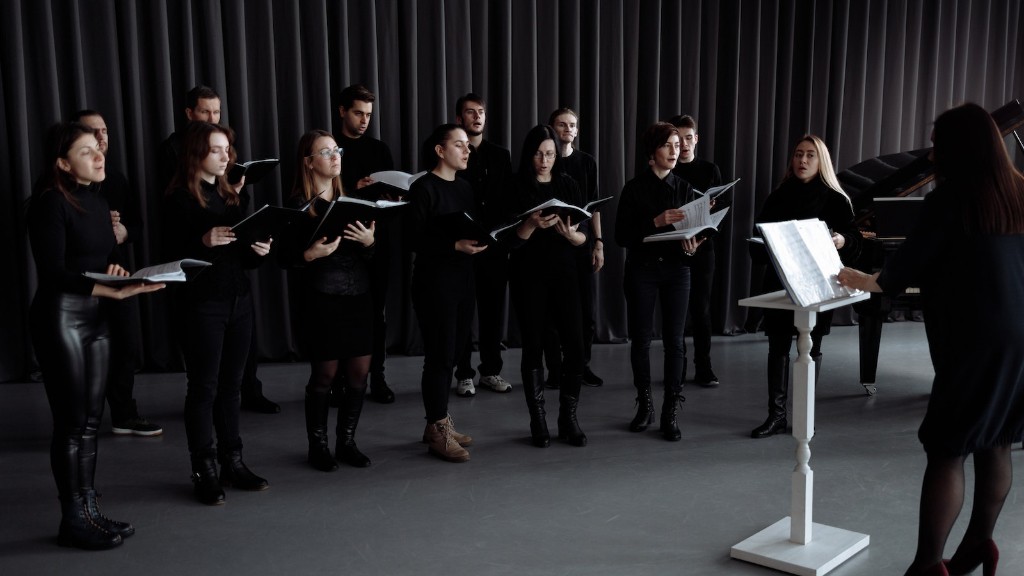Have you ever been inspired to create your very own digital artwork? If so, why not explore how to draw a Non-Fungible Token (NFT), one of the newest and coolest trends in creative art today! From drawing on digital canvases to building 3D models, there are plenty of options to create one-of-a-kind art pieces that can be turned into digital collectibles.
For starters, it’s important to know the basics of digital art. No matter what type of digital tool you choose, it involves manipulating pixels and shapes to create visuals on a digital canvas. You can use different color swatches, shapes, and gradients to create your artwork. That way, your artwork will have a distinct look that makes it stand out amongst the crowd.
Now, before you dive into creating your own NFT, it is essential to find out which type of digital art medium best suits your individual style. There are plenty of options available, ranging from simple software such as Microsoft Paint to professional programs like Adobe Photoshop, Illustrator, and Inkscape. Alternatively, you can also opt for 3D art, which is perfect if you want to create a dynamic and immersive experience.
Once you have decided on the digital art medium you are going to use, the next step is to create the design for your masterpiece. This is where your creativity really comes into play. Spend some time thinking about the look, texture, and feel you want for your art piece. Then, you can use the various tools offered in your chosen digital art software to create the outline, shapes, and textures that bring your design to life.
Now, the next step is to bring your digital art to life by adding some animation to it. If you are familiar with HTML, CSS, and/or JavaScript, you can use these programming languages to add motion to your artwork. Alternatively, you can also use animation software such as Adobe After Effects or Animate CC. This step requires a great deal of skill and practice, but it is certainly worth it for your NFT to be truly unique.
Once your artwork is complete and animated, it is time to turn it into an NFT. To do this, you will need to use a platform such as OpenSea, a leading NFT marketplace. This platform allows you to upload your artwork, create an auction post, and set a price range to sell or trade your digital collectible. You can then use the platform to promote your artwork and attract potential buyers.
Finally, you are ready to showcase your artwork to the world. You can display it on your own website or showcase it on social media such as Twitter, Instagram, or Facebook. You can even launch an online gallery to share it with a larger audience. All of this will help to build your reputation as an up and coming digital artist.
In conclusion, learning how to draw an NFT can be a great way to explore your creative side. By following the steps mentioned above, you can create stunning digital artwork that can be turned into a valuable digital collectible. So, go ahead and get started on your very own NFT today!
Remember that it is always important to spend some time understanding the basics of digital art. You should also keep up to date with the latest trends in the world of NFTs and digital collectibles so you can stay ahead of the curve.
Another key tip is to experiment with different tools and techniques to find the ones that best suit your personal style. You can test out different textures and color swatches to give your artwork its own unique look. Additionally, you can also explore adding animations to your artwork to create a more immersive experience.
Finally, make sure to use a reputable platform to launch your NFT and promote it to potential buyers. This way, you can start building your portfolio as a digital artist and make sure your work is seen by the right people.
